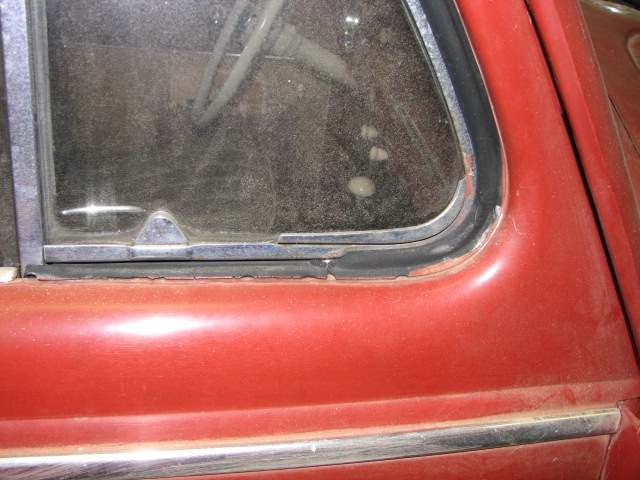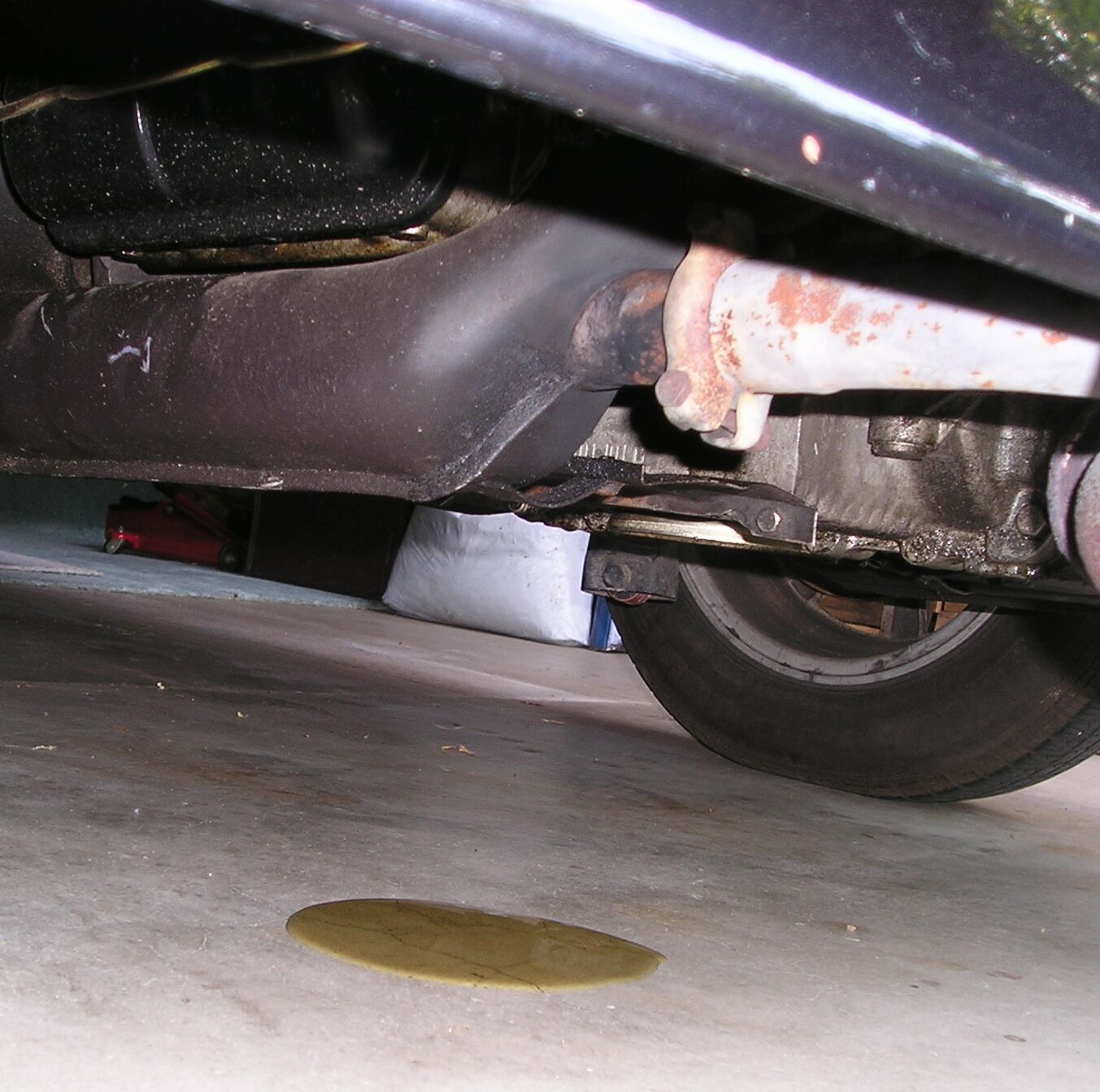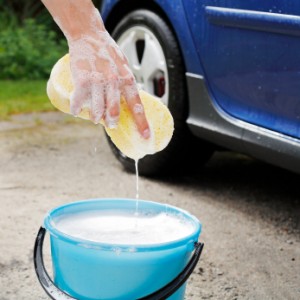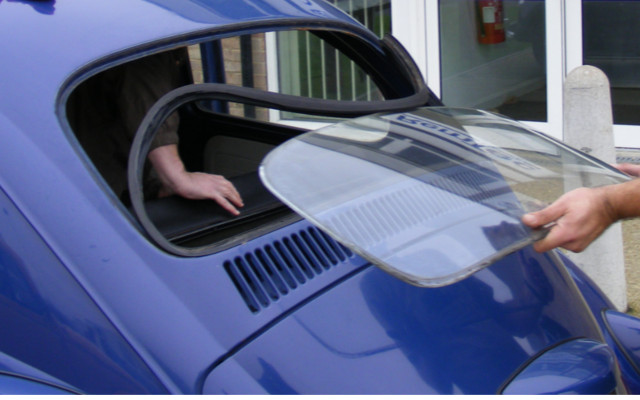Many older VWs have a noisy, drafty ride because their seals have dried up, or are no longer tight. We’ve taken a look at what you can do to make your VW rubber seals last longer.
Our loveable European weather can cause a number of problems too, due to being hot one minute and then freezing cold the next.
The rubber seals around your doors, windows, bonnet, boot and sunroof are prone to perishing in changes of temperature, and they can easily degrade with age.


Engine seals, gearbox seals, o-rings and many other oil retaining parts are also liable to be affected, although these are often inaccessible and made from nitrile rubber due to its oil resistant properties.
If your rubber seals start to degrade, you could end up with problems including water leaking through into the car, condensation issues and even security problems with thieves able to gain easy access.
 The tripolymer properties (ethylene, propylene, and adiene-component) of our EPDM seals makes them far better suited and longer lasting than other cheaper alternatives. EPDM seals also offer outstanding heat, ozone and weather resistance, but can still benefit from a spot of TLC.
The tripolymer properties (ethylene, propylene, and adiene-component) of our EPDM seals makes them far better suited and longer lasting than other cheaper alternatives. EPDM seals also offer outstanding heat, ozone and weather resistance, but can still benefit from a spot of TLC.
Clean your rubber door, boot and bonnet seals with soap and water twice a year, then treat the seals with a water based vinyl and rubber dressing. After coating the seals, allow the dressing to penetrate for 10 to 15 minutes, then dry with a clean towel.
Some manufacturers, notably Porsche and BMW, also recommend using talcum powder on door, bonnet and boot seals to provide lubrication. This will extend the life of any seal. Simply sprinkle a small amount of talc on a piece of material and wipe it onto the seal after applying rubber and vinyl dressing.
Seals around windows, lights, door handles and mirrors should also be cleaned twice a year using a brush and soapy water. However, these more exposed rubber seals should be treated more frequently than door, bonnet and boot seals since they get heavy UV radiation from the sun. We would suggest you avoid silicone protectants on any seals.

If your rubber seal’s too far gone it might be easier to start again. We offer a huge range of classic VW window rubbers, that are manufactured from EPDM and fairly inexpensive to replace; and they will keep the weather where it should be. Changing perished VW door seals is a relativley simple DIY job; but you may want to get a friend to help out when it comes to removing glass though. Refitting VW window rubbers can take a bit of skill to make sure there’s no accidents, however we do sell glass should the worst happen!
Hopefully this guide will help keep your VW weathertight for many years to come! Good luck!
Andy


hi guys
i have a T2 bay 1974 under refurb.
i live in Perth Western Australia
am looking to replace all rubbers and also window channels.
can you detail and quote me delivered in Perth?
thanks!!
One of our team will be in touch Neville.
I have a 2017 VW Beetle, and the near side window keeps failing to shut even after replacing the seal 3 times. You can see the rubber obstructing the window from returning to close and the motor is fine .Window just keeps rising about 4” then falling and then sticks fully open which is a very big problem.
HELP